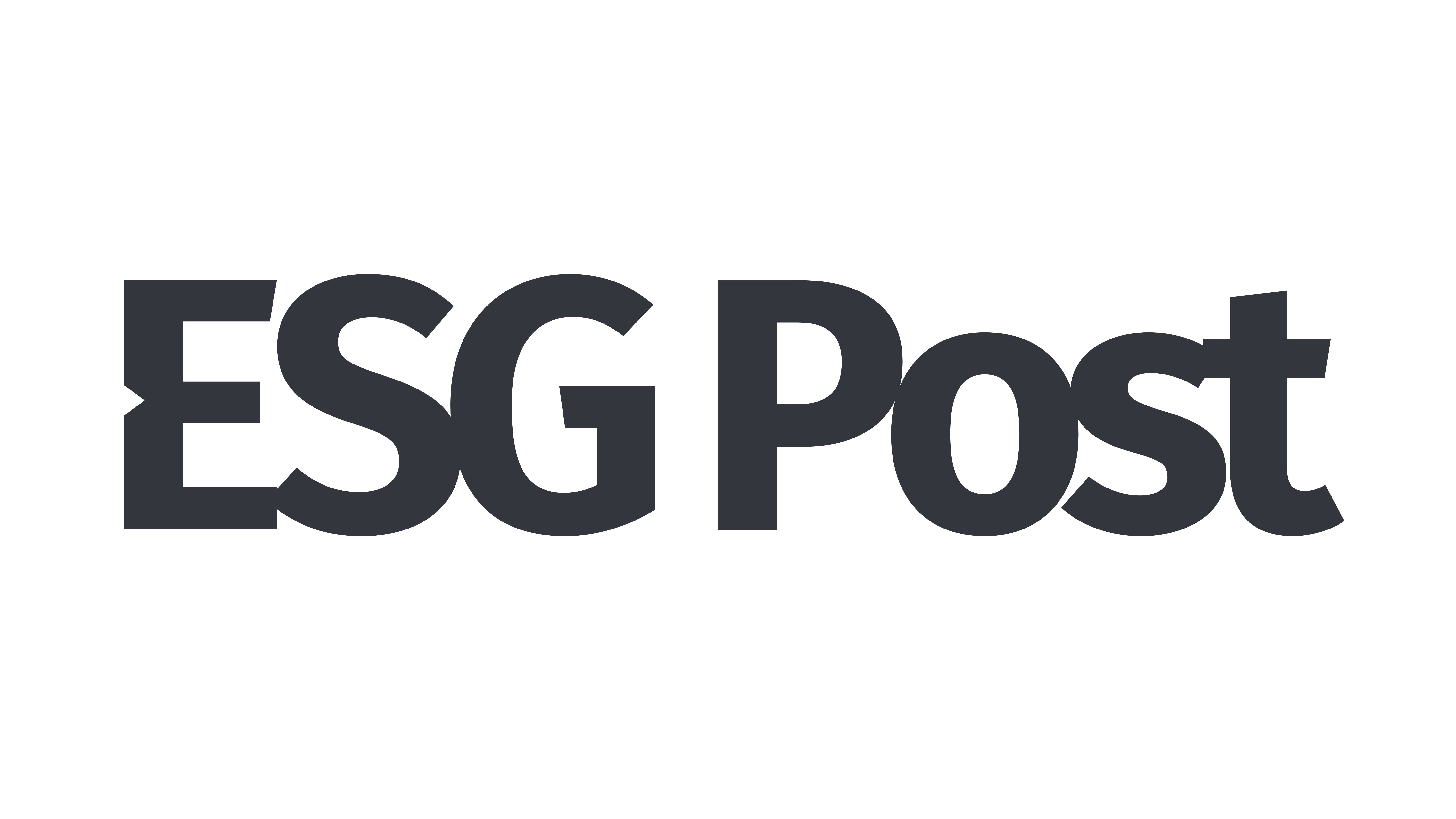Leader Energy Group has achieved Double Platinum, the highest honour at the 11th Asia Sustainability Reporting Awards (ASRA), for Asia’s Best Sustainability Report (Human Rights) and Asia’s Best Sustainability Report (Private Company). In this exclusive interview, Ms Evelyn Chee Siew Poh, Chief Sustainability and Strategy Officer, reflects on the organisation’s reporting evolution and the values underpinning its success.
Speaking about the recognition, she said, “This win affirms the integrity, transparency, and purpose that our team brings to every page of our report. Sustainability isn’t just a compliance exercise — it’s a strategic imperative that drives long-term value.”
Congratulations on winning at the 11th Asia Sustainability Reporting Awards. What does this recognition mean for your sustainability team and your organisation?
Winning Double Platinum at the 11th Asia Sustainability Reporting Awards — for both Asia’s Best Sustainability Report (Private Company) and Asia’s Best Sustainability Report (Human Rights) — is deeply meaningful. It affirms the integrity, transparency, and purpose that our team brings to every page of our report. For Leader Energy, it’s a proud moment that validates our belief that sustainability isn’t just a compliance exercise — it’s a strategic imperative that drives long-term value.
Sustainability reporting has evolved rapidly. How has your reporting approach matured over the past few years, and what were the biggest lessons from this journey?
Our journey began with foundational disclosures, but over time, we’ve evolved into a more integrated, stakeholder-centric approach. We’ve moved from static reporting to dynamic storytelling — weaving together data, impact, and lived experiences. The biggest lesson? That authenticity matters. Stakeholders want to see not just what we’ve achieved, but how we’ve learned, adapted, and grown.
The ASRA judges emphasise rigour, transparency, and impact. Which parts of your report do you feel best demonstrate these qualities?
Three areas stand out. First, our GHG emissions disclosures, which include Scope 1, 2, and Scope 3 data, backed by third-party verification. Second, our human rights reporting, which earned us the Platinum Award — it reflects our commitment to dignity, safety, and inclusion across the value chain. And third, our community impact narratives, which show how renewable energy uplifts lives beyond the grid.
Could you walk us through the process of materiality assessment — and how you are now integrating double materiality or value-chain impacts into your reporting?
Since 2024, Leader Energy has embraced a double materiality approach — one that considers both the financial implications of sustainability issues and their broader impact on people and the environment. To assess societal and environmental impact, we conducted stakeholder surveys to gather direct insights into how our operations can affect local communities and ecosystems. These first-hand perspectives help us identify what truly matters — not just to our business, but to those we serve. On the financial front, we perform scenario analyses to evaluate how sustainability risks and value-chain impacts could influence our revenue, profitability, and long-term resilience. This dual lens enables us to craft strategies and disclosures that are both grounded and forward-looking. All identified impacts are systematically rated using Leader Energy’s Enterprise Risk Management (ERM) financial impact matrix, ensuring consistency, comparability, and strategic alignment across the organisation.
How do you ensure data accuracy and credibility across complex topics such as GHG emissions, supply-chain sustainability, and human rights?
It starts with governance. We have cross-functional ESG data owners, internal checks, and external assurance for key metrics. For complex topics like GHG emissions and human rights, we rely on recognised methodologies (GHG Protocol, UNGPs). Transparency is non-negotiable — if a metric is evolving, we disclose our assumptions, the limitations and roadmap.
What new sustainability frameworks (for example, ISSB or TNFD) are you preparing to align with, and what challenges or opportunities do they bring?
We have an annual roadmap to actively move towards full compliance with ISSB’s IFRS S1 and S2 standards, which will reshape global sustainability disclosures. We’re also exploring TNFD for nature-related risks, especially as our renewable energy projects intersect with biodiversity zones. These frameworks bring challenges — especially around data granularity — but they also offer opportunities to future-proof our strategy and build investor confidence.
Reporting aside, which sustainability initiative or achievement from the past year are you personally most proud of?
Leader Energy’s commitment to sustainability extends beyond our operations — it’s embedded in our supply chain, our communities, and our culture.
We’ve launched a Sustainable Supply Chain Programme that actively engages our critical vendors in this journey. Through human rights due diligence assessments and a comprehensive ESG self-assessment framework, we’re able to benchmark performance, identify gaps, and collaborate on continuous improvement. It’s not just about compliance — it’s about building a resilient, responsible value chain together.
Our signature CSR initiatives reflect this same spirit of partnership and impact. In Cambodia, our River Clean-Up Programme mobilises volunteers to restore waterways and raise public awareness about water quality and ecosystem health. In Malaysia, our Mangrove Conservation Programme supports climate adaptation efforts by protecting vital coastal habitats and educating communities on the role of mangroves in biodiversity and carbon sequestration.
One of our proudest milestones this year was the launch of the Leader Energy Women’s Network. More than a programme, it’s a movement — one that champions women’s leadership, fosters allyship, and drives inclusion across the Group. Watching women across our markets step into new roles, mentor peers, and shape policy has been profoundly inspiring. It’s a powerful reminder that sustainability is also about equity, empowerment, and opportunity for all.
How do you engage internal teams and business units in the sustainability agenda so that reporting reflects genuine performance, not just compliance?
We embed sustainability into business planning, performance reviews, and training. Our reporting reflects real performance because it’s co-owned — not just by the sustainability team, but by operations, HR, finance, and procurement.
Many companies are still struggling to link sustainability KPIs with business results. How has your organisation made that connection visible in its strategy and disclosures?
We’ve made that connection explicit. For example, our renewable capacity growth directly ties to greenhouse gas reduction targets and revenue diversification. Our DEI initiatives correlate with talent retention and innovation. In our report, we use dashboards and case studies to show how ESG performance drives societal impact and reputational value.
Finally, what advice would you give to other sustainability professionals aspiring to reach ASRA-winning standards in their reports?
Start with purpose. Don’t chase awards — chase impact. Build a report that reflects your values, your people, and your journey. Be transparent about challenges. Use recognised frameworks, engage stakeholders, and invest in data quality. And most importantly, tell a story that inspires — because great sustainability reports don’t just inform, they transform.





















